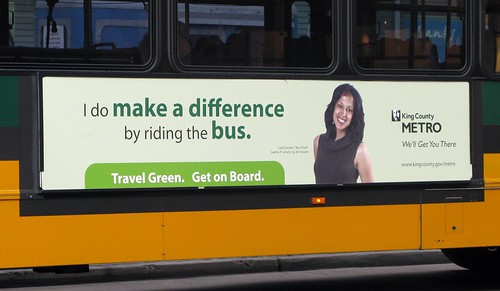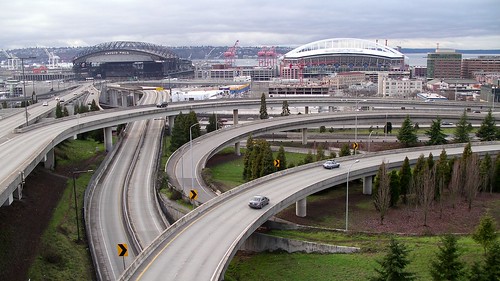F** This! – The Infrastructurist rolls out a brand new portal to fix America’s broken infrastructure
(Source: The Infrastructurist)
Our friends at The Infrastructurist have come up with a clever way to fix the decaying infrastructure of the United States. They have developed a portal F** This! where you, the Citizen & resident of the community, can become a guardian of public infrastructure.
The Infrastructurist says, “You can keep your city working smoothly. You can post pictures of busted crap–partially disassembled escalators in subway stations, cavernous potholes, permanently dark street lights–and trade snide and insightful comments with your wonderful new F** This! cyberfriends (why can’t your real life friends be this cool?). At the same time, while you’re busy enjoying yourself, we’ll see to it that the appropriate public officials get notified and the problem you identified gets dealt with. Or, if said officials prove useless in fixing the busted stuff, we’ll see to it that they endure at least some small measure of public humiliation. It’ll be fun!”
The website notes that F** This! is still in the early stages of development and sometime soon, the Infrastructruist will organize an official campaign and some neat features that will help bring your complaints to everyone’s attention (assuming, you know, they are deserving of it). At first, the focus will be on New York, but the plan is to expand to other US cities in coming weeks and months.
As suggested in the website, let us poke around and look at a few of the action items that are up there. Explore F** This!’s inner workings. Let them creators know what you think. And a protip: Even if you don’t live in New York, you can scoot the map around and find your town. So give that a try if you’re inclined. The tool that is at use here is from a company called See Click Fix, which I think is very smartly put together. How about you?
What a novel way to get stuff fixed around the country!









 The
The 
 Welcome to the inaugural issue of The Number Thirteen Line, a monthly blog about transportation in New York and around the world. This month’s topic: The Stimulus Package and its impact on
Welcome to the inaugural issue of The Number Thirteen Line, a monthly blog about transportation in New York and around the world. This month’s topic: The Stimulus Package and its impact on  Seven hundred and ninety billion dollars, as designated in the American Recovery and Reinvestment Act, is a lot of money. Frankly, we had hoped that most of it would go toward public works projects; after all, good infrastructure projects have been shown to produce five times the GDP impact of broad-based tax cuts. Nonetheless, we understand reality doesn’t always play out the way we’d like. So we are reasonably pleased to see that $130-billion, of the $790-billion bill (16%), is intended for construction projects.
Seven hundred and ninety billion dollars, as designated in the American Recovery and Reinvestment Act, is a lot of money. Frankly, we had hoped that most of it would go toward public works projects; after all, good infrastructure projects have been shown to produce five times the GDP impact of broad-based tax cuts. Nonetheless, we understand reality doesn’t always play out the way we’d like. So we are reasonably pleased to see that $130-billion, of the $790-billion bill (16%), is intended for construction projects.